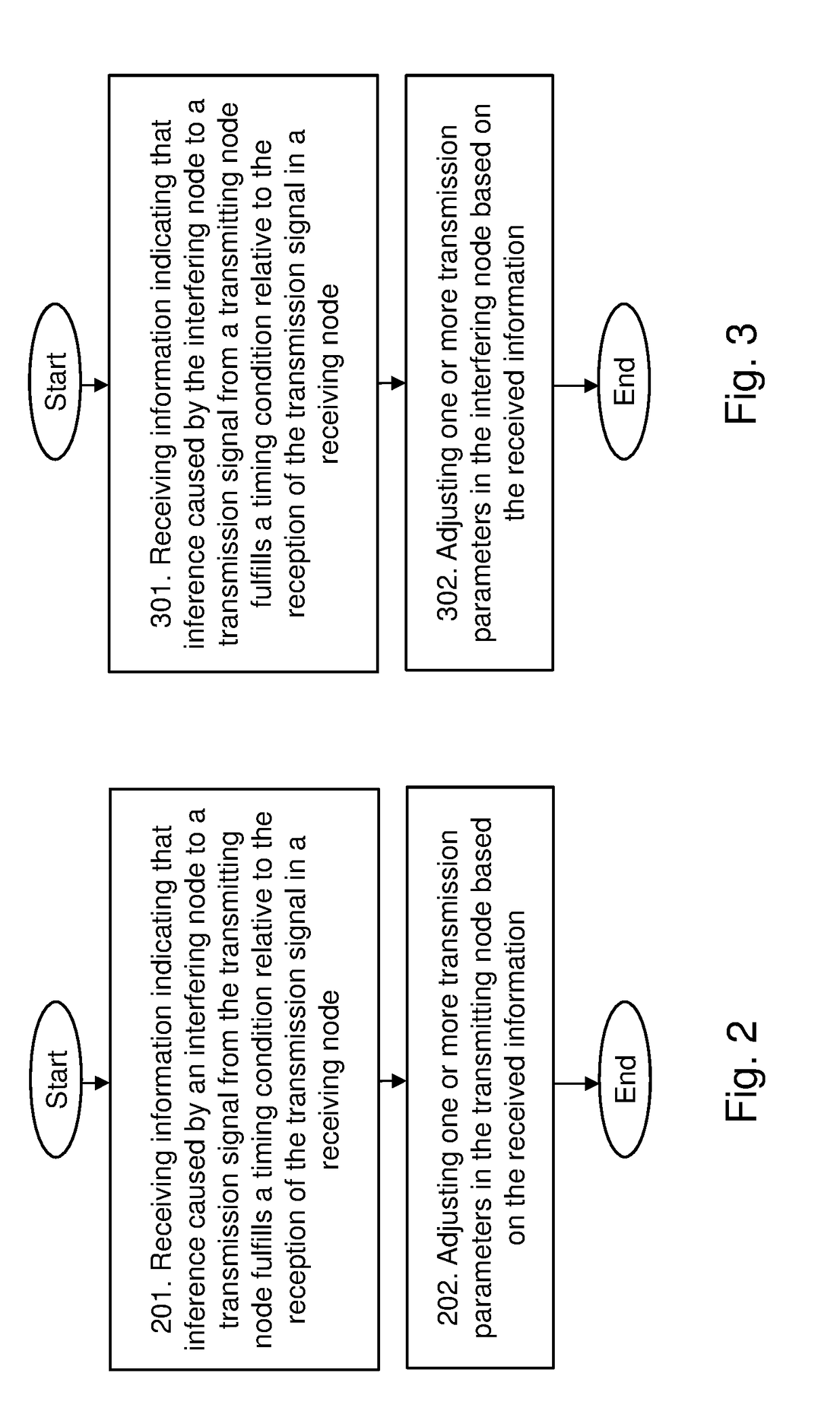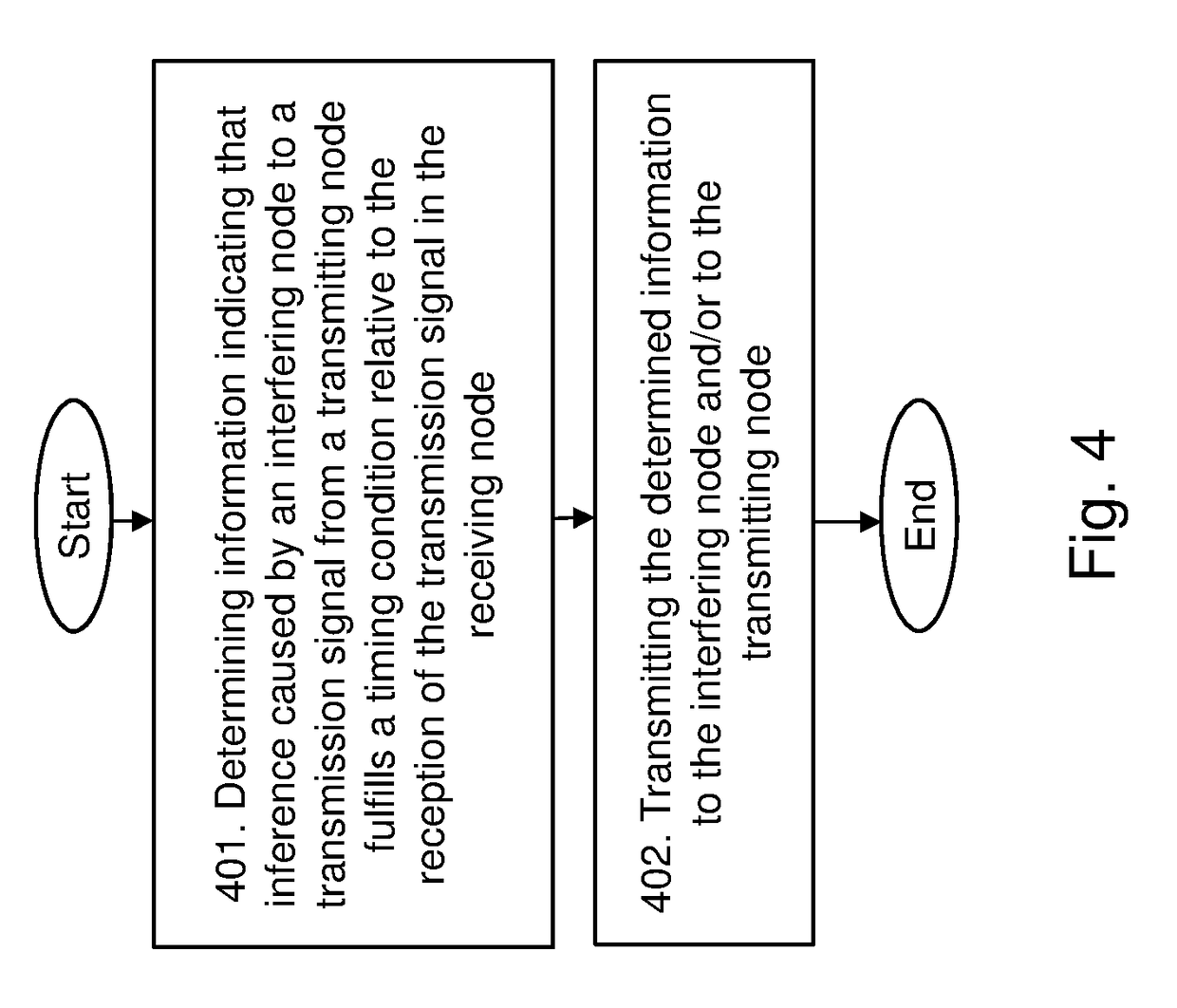Methods for Reducing Interference in a Wireless Communications Network
- Summary
- Abstract
- Description
- Claims
- Application Information
AI Technical Summary
Benefits of technology
Problems solved by technology
Method used
Image
Examples
Embodiment Construction
[0028]The figures are schematic and simplified for clarity, and they merely show details which are essential to the understanding of the embodiments presented herein, while other details have been left out. Throughout, the same reference numerals are used for identical or corresponding parts or steps.
[0029]FIG. 1 shows an example of a wireless communications network 100 in which embodiments herein may be implemented. The wireless communications network 100 in
[0030]FIG. 1 comprise two Wireless Local Area Networks, WLANs, i.e. a first WLAN 135 and a second WLAN 136. It should be noted that this is for illustrative purposes only, and that any number of WLANs may be comprised in the wireless communications network 100.
[0031]The first and second WLAN 135, 136 each comprise one or more Access Points, APs, configured to provide WLAN coverage and serve stations, STAs, located within their respective coverage area or cell. For example, the first WLAN 135 may comprise a first AP 110 and the s...
PUM
 Login to View More
Login to View More Abstract
Description
Claims
Application Information
 Login to View More
Login to View More - R&D
- Intellectual Property
- Life Sciences
- Materials
- Tech Scout
- Unparalleled Data Quality
- Higher Quality Content
- 60% Fewer Hallucinations
Browse by: Latest US Patents, China's latest patents, Technical Efficacy Thesaurus, Application Domain, Technology Topic, Popular Technical Reports.
© 2025 PatSnap. All rights reserved.Legal|Privacy policy|Modern Slavery Act Transparency Statement|Sitemap|About US| Contact US: help@patsnap.com



